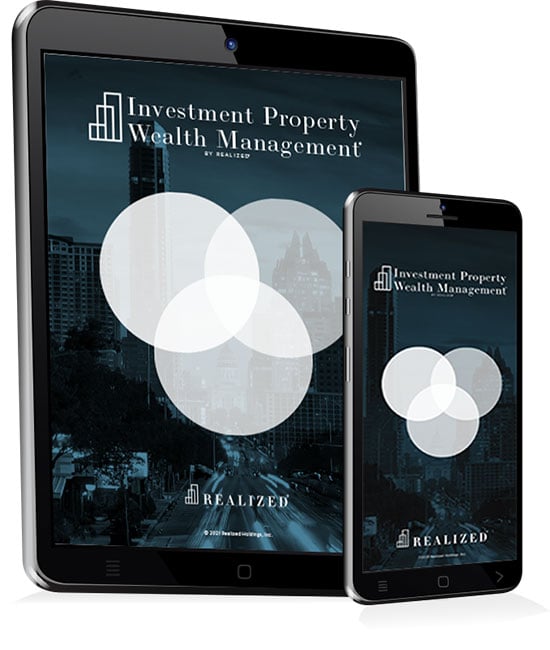
Learning how to invest in industrial real estate can help you decide if you want to add this type of investment to your portfolio.
There is no way to cover every aspect of this type of investment in one article, and so it is important to consult with a professional before considering entering into any investment. However, we will cover some basics.
Industrial assets in commercial real estate include warehouses, research and development, distribution centers, and flex spaces, among others. The properties can be a major part of the economy by manufacturing and distributing products locally, nationally, and even globally, and can make lucrative investments in certain situations.
Types of Industrial Properties
There are different types of industrial properties, and if investing you will need to choose what type fits your investment profile. Some options include buying already developed properties, fixing an existing structure, or even constructing a new building. There are benefits and drawbacks to each. Here are some things to consider.
- Developing on vacant land has the potential to be lucrative in the long run, but it has expensive start-up costs.
- There is the option of buying a neglected property and fixing it up.
- Consider supply and demand in the area. Are there a lot of warehouse vacancies? If so, this might not be the best choice. On the other hand, if there is a need for manufacturing facilities, this could be an option for an investment.
- Finding an established industrial property that already has a tenant is another way to get into a commercial investment.
- Investing in a multi-tenant industrial property might add more protection to your investment if one type of industry begins to struggle. For example, your property might include both manufacturing and distribution for two different tenants.
The Property
When looking at industrial properties, you will need to do extensive inspections and research to see if they meet the requirements for the type of business you hope to support. This includes the condition of the property and whether or not it will need costly updates like electrical or major structural repairs.
Local Zoning
If you plan to invest, you will need to make sure that the land and building have the correct zoning for the type of industrial property. Not confirming this upfront can create an expensive and very stressful situation after the fact. For instance, some properties might not be zoned for manufacturing. If you know this ahead of time, you can always work with the local zoning commission to see if the property is eligible for a different type of zoning.
Location
Location is important when looking at industrial real estate investments. Easy access from populated areas can be key, especially for facilities that will employ a large number of people. Proximity to the highway and public transportation are benefits, depending on the area you are in.
Ways to Invest
Like any real estate investment you can get traditional financing through a bank for industrial properties. However, there are other types of investments that might better suit your needs, especially if you are seeking passive income with little to no hands-on responsibility for the day-to-day operations.
Real Estate Investment Trust (REIT) - a company that buys, manages, and sells properties, including industrial buildings. As an investor, you buy shares in the REIT in hopes of receiving payments based on the dividends of the investment. This is an option for investors who want the potential for passive income streams.
Real Estate Syndication - an individual pools their funds with other investors. The syndicate will have a sponsor that makes the investment decisions and finds the individual investors.
Investing in industrial real estate properties can be lucrative, but it is important to consult with professional advisors to make sure the investment makes sense to add to your portfolio.



